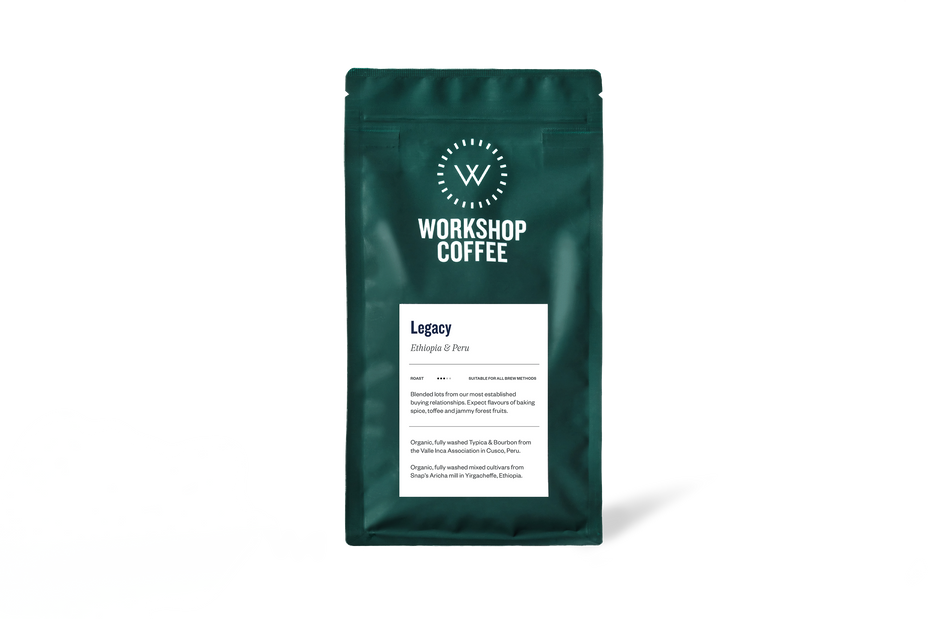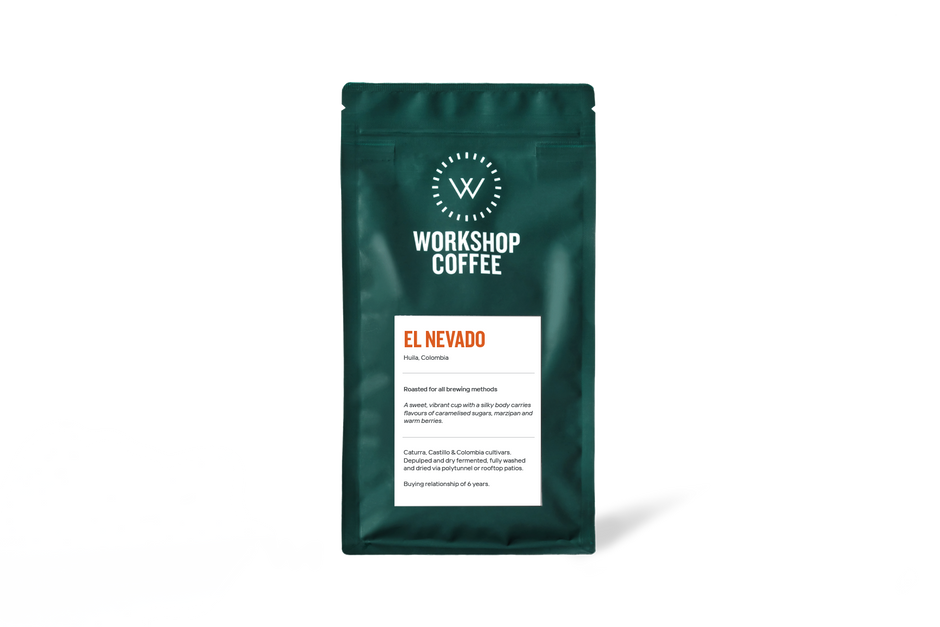Energising encounters
Stories that fuel our community.
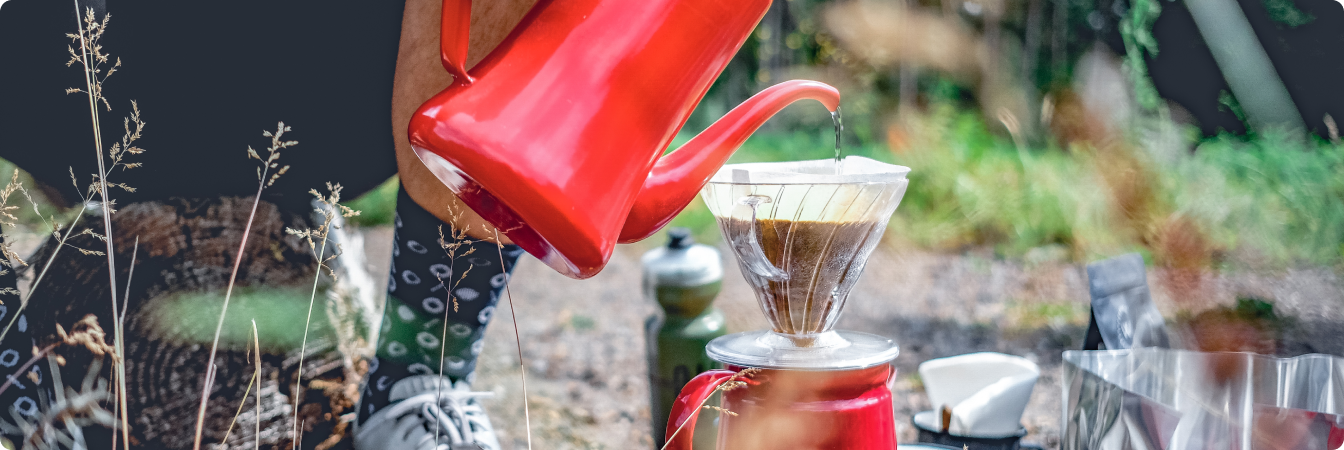
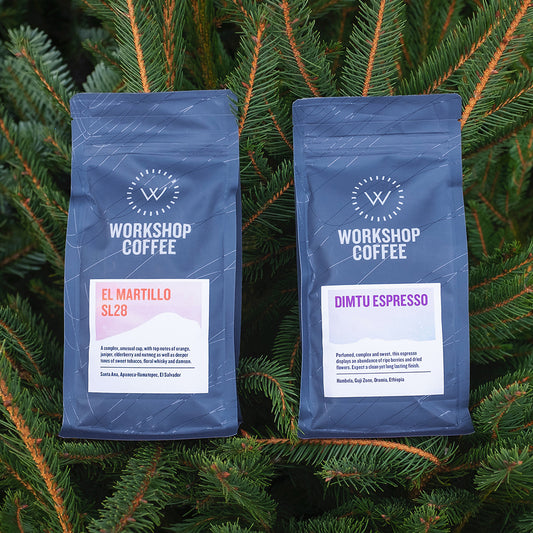
Two Fantastic Festive Coffees
"El Martillo SL28 from El Salvador and Dimtu Espresso from Ethiopia." Two years ago, we introduced our first two festive coffees for the holiday season and last year brought you...
Two Fantastic Festive Coffees
"El Martillo SL28 from El Salvador and Dimtu Espresso from Ethiopia." Two years ago, we introduced our first two festive coffees for the holiday season and last year brought you...
Read more
Read more
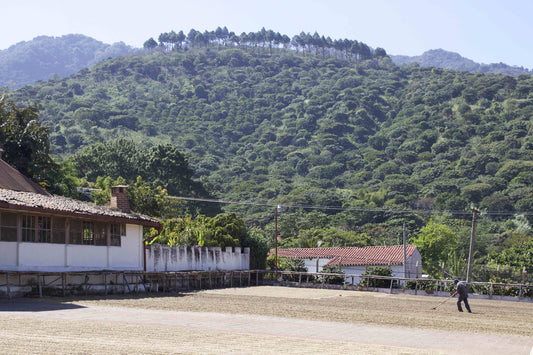
Notes From Origin: El Salvador, 2017
This February we returned to El Salvador with our good friends at Nordic Approach to visit producers with whom we’ve been working with for five consecutive seasons. First on our...
Notes From Origin: El Salvador, 2017
This February we returned to El Salvador with our good friends at Nordic Approach to visit producers with whom we’ve been working with for five consecutive seasons. First on our...
Read more
Loma Linda three ways
In February James and myself visited El Salvador, a first for both of us, but not for Workshop Coffee. We’ve bought coffees through JASAL for the last three years and...
Loma Linda three ways
In February James and myself visited El Salvador, a first for both of us, but not for Workshop Coffee. We’ve bought coffees through JASAL for the last three years and...
Read more
Fresh Crops: Cult Of Done Espresso v.17
As Cult of Done v.16 coffees turn their final batches in our Probat we obviously cannot stop the supply of tasty espresso to you, wherever you may be in the world....
Fresh Crops: Cult Of Done Espresso v.17
As Cult of Done v.16 coffees turn their final batches in our Probat we obviously cannot stop the supply of tasty espresso to you, wherever you may be in the world....
Read more
Untapped potential
Have you tried:
Untapped potential
Have you tried:

Subscribe to our newsletter
More energising updates
Join our collaborative coffee community and enjoy important news and exclusive offers.



